Welcome to the PerGeos Use Case Gallery
Below you will find a collection of use cases using PerGeos Software. Based on the technology of its predecessor Avizo Software, PerGeos is a robust software platform for visualizing, processing, and analyzing 2D and 3D digital rock image data.
These use cases include scientific publications, articles, papers, posters, presentations or even videos that show how PerGeos is used to address various scientific and industrial research topics.
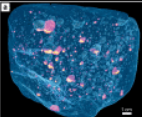
X-ray computed tomography of planetary materials: A primer and review of recent studies
X-ray computed tomography (XCT) is a powerful 3D imaging technique that has been used to investigate meteorites, mission-returned samples, and other planetary materials of all scales from dust particles to large rocks.
With this technique, a 3D volume representing the X-ray attenuation (which is sensitive to composition and density) of the materials within an object is produced, allowing various components and textures to be observed and quantified. As with any analytical technique, a ... Read more
Romy D. Hanna, Richard A. Ketcham
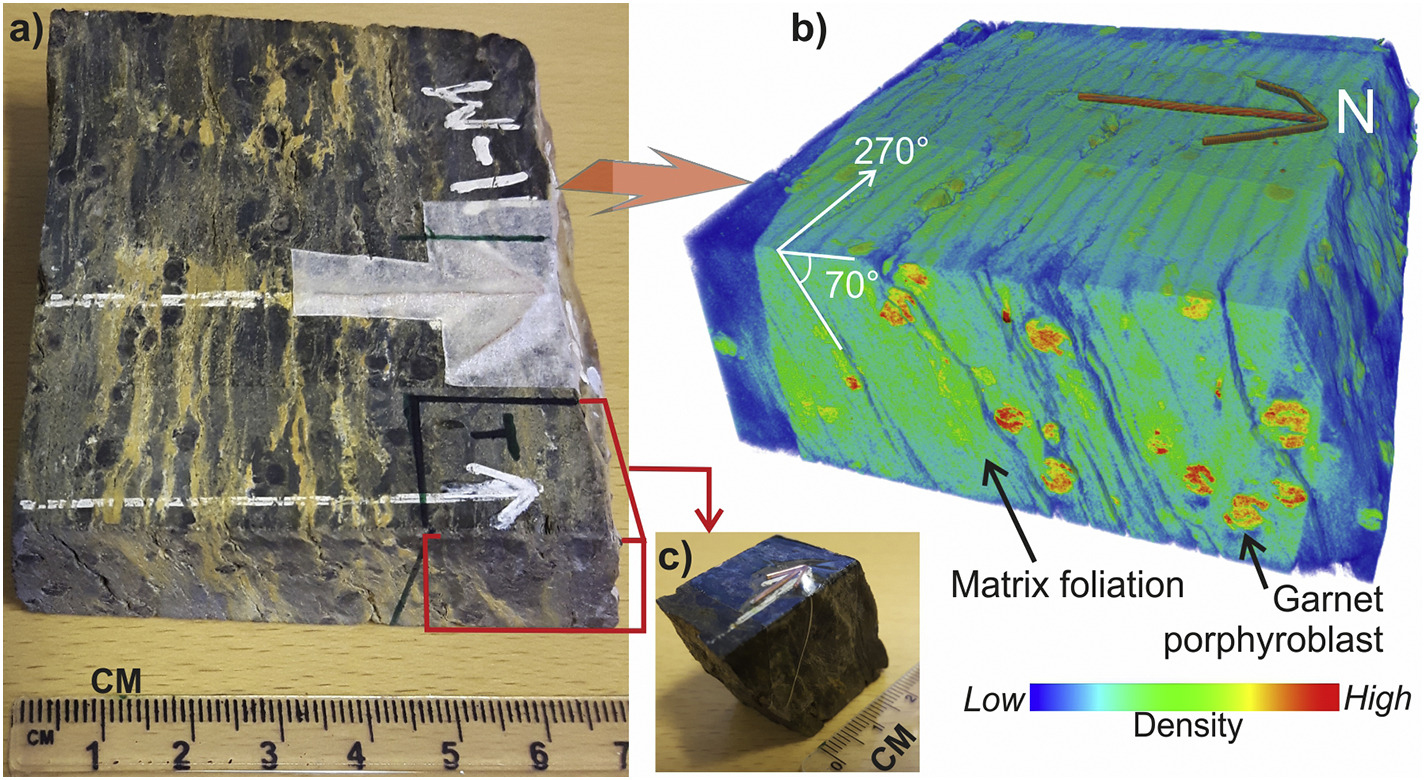
- Virtual petrography, 3D textures and quantitative analysis of spiral garnets.
- Micro-fold axis determination in spiral garnets using X-ray computed tomography.
- 3D spiral patterns unlock the tectonic history of the Karakoram Himalaya.
Spiral garnet porphyroblasts are known to record lengthy periods of deformation and metamorphism by preserving single or multiple FIAs (Foliation Intersection Axis) formed normal to tectonic shortening directions. Thanks to te... Read more
M.Sayab, D.Aerden, J.Kuva, W.U.Hassan
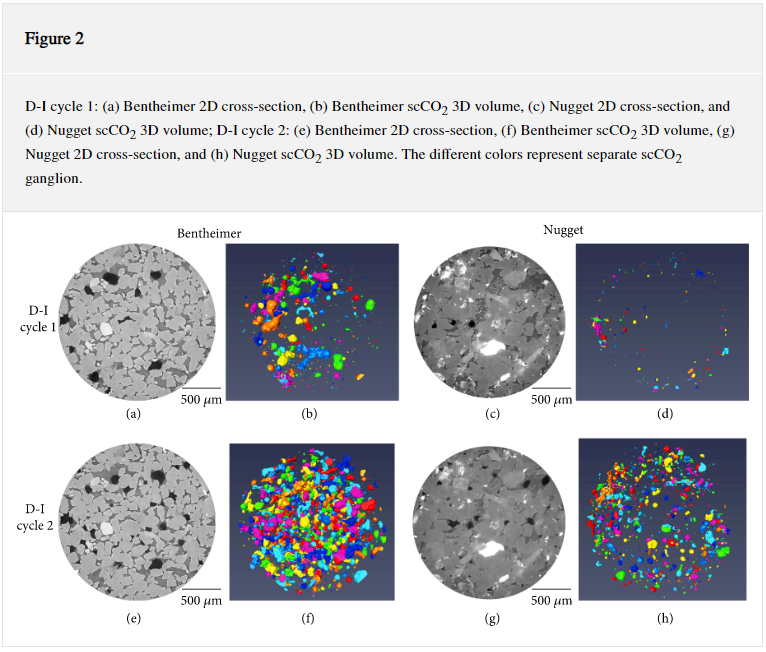
During a Geologic Carbon Storage process, supercritical CO2 (scCO2) is subjected to a series of dynamic and static conditions where the relationship between pore geometry and the trapped scCO2 curvature remains to be established. To mimic the dynamic process, two sandstones, Bentheimer and Nugget, were subjected to two successive drainage and imbibition (D-I) cycles and X-ray computed tomography scanned at each residual state to capture the wettability evolu... Read more
Laura E. Dalton, Dustin Crandall, Angela Goodman
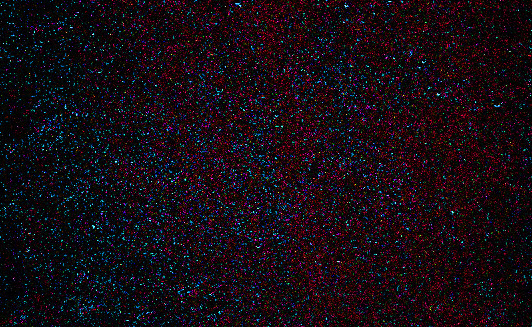
Major advance in well bore analysis with CT inspection
Premier, COREX has been providing core analytical services to the oil and gas industry for more than 30 years. Within the last decade it has augmented its rock core investigations by sending samples for analysis approximately every week to Nikon Metrology’s centre of excellence for micro-focus computed tomography (micro-CT) in Tring, Hertfordshire.
Drilling for oil or gas is an expensive business, whether offshore or on land, so it is essential for E&P (exploration and producti... Read more
Nikon
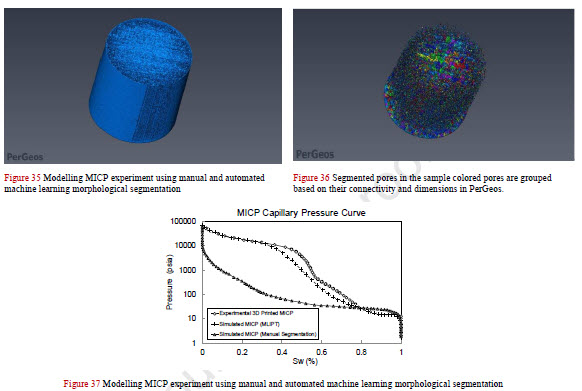
Experimental Investigation of 3D Printed Rock Samples Replicas
Laboratory Experiments on rock specimens are designed for understanding and characterizing subsurface environment, quantifying potential recovery, and tuning fluid flow models in porous media. The spatial variability and reservoirs’ heterogeneities predicate acquiring expensive cores from different locations. These experiments are mechanically and petrophysically destructive and cannot be repeated or extended on the same core. Replicating core samples with 3D-printing technology innovation ... Read more
Ahmed G.Almetwally, H.Jabbari
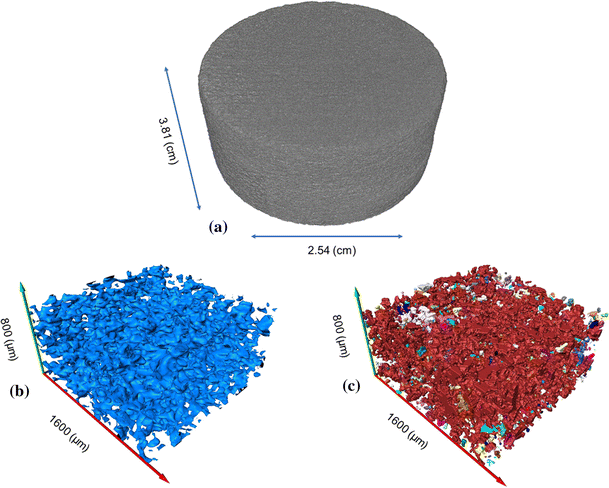
Pore characterization of 3D-printed gypsum rocks: a comprehensive approach
With advancements in additive manufacturing, now 3D-printed core plugs can be duplicated in order to replace natural rock samples. This can help us to control their parameters to be used in different types of experiments for model verifications.
However, prior to such substitutions, we should ensure they can represent natural rock samples through characterizing their physical properties. In this paper, synthetic samples made up of gypsum powder are 3D-printed and then characterized for... Read more
Lingyun Kong, Mehdi Ostadhassan, Chunxiao Li, Naser Tamimi
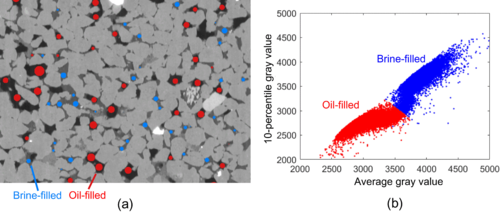
Validation of model predictions of pore-scale fluid distributions during two-phase flow
Pore-scale two-phase flow modeling is an important technology to study a rock’s relative permeability behavior. To investigate if these models are predictive, the calculated pore-scale fluid distributions which determine the relative permeability need to be validated. In this work, we introduce a methodology to quantitatively compare models to experimental fluid distributions in flow experiments visualized with microcomputed tomography.
First, we analyzed five repeated drainage-i... Read more
Tom Bultreys, Qingyang Lin, Ying Gao, Ali Q. Raeini, Ahmed AlRatrout, Branko Bijeljic, and Martin J. Blunt